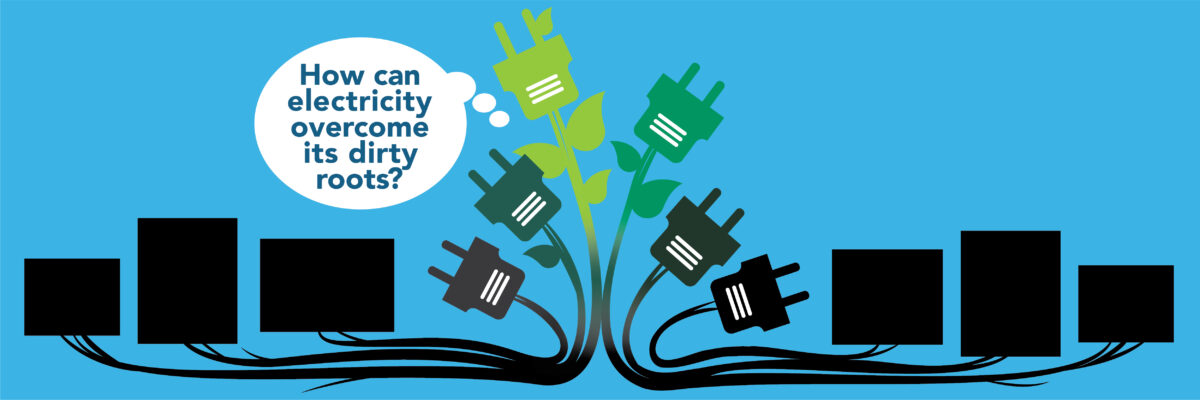by Pat Stanton
Fighting climate change hinges on transitioning consumption to what will become our most precious energy resource: zero-carbon electricity.
I am defining “zero-carbon electricity” as the electric generation, transmission, and distribution that produces no greenhouse gas emissions. This excludes the supply chain needed to build foundational infrastructure to generate, store and move the electricity.
Zero-carbon electricity is–and will continue to be–precious. We need it to survive, yet its generation, storage, and transmission comes with consequences: environmental, human rights, and geopolitical.
Using the electricity as efficiently as possible minimizes these consequences.
In a recent blog, I use the analogy of a cooler full of drinks on a sunny beach to explain the important role of energy efficiency. Efficiency helps us to make the most of every precious resource, like a kilowatt-hour of zero-carbon electricity. Efficiency helps us to do more, while using less.
Doing More with Less: A “No Regrets” Strategy
The foundational infrastructure that enables zero-carbon electricity is fraught with environmental, human rights, and geopolitical challenges:
- Mining rare earth minerals and metals
- Refining into materials–from steel and wires to lubricants, to carbon fiber
- Manufacturing into solar panels, wind turbines, batteries, smart meters and controls; for carbon capture, and for transmission and distribution structures
These essential components of the zero-carbon electricity infrastructure of tomorrow require tradeoffs. Efficiency can help. 
When we optimize energy efficiency, it then takes less electricity to run our devices, heat and cool our buildings, and transport people and goods. We therefore will need fewer rare earth minerals and metals. We will need to manufacture, install and operate fewer solar panels, wind turbines and storage batteries.
Doing more with less, we will walk more lightly on the earth. Using less zero-carbon electricity–a precious resource–ultimately benefits everyone. Energy efficiency is a no-regrets strategy.
Buildings and Transportation Offer Starting Points
Buildings are a great place to use electricity more wisely. By cutting waste from the power used to heat and cool indoor spaces and run our electronics, smaller amounts of critical and rare-earth minerals will be necessary for improving the electric grid. This will reduce mining for minerals that are energy intensive, environmentally damaging, and historically sourced from places that violate human rights and child labor laws.
Similarly, squeezing every mile out of zero-carbon electricity used to transport people and goods (e.g., with electric vehicles) will mean smaller areas of land and water needed for wind and solar farms.
When our devices, appliances, vehicles, can perform their functions using less of our precious resource, we all win. Yes, we must also look ahead and make smart decisions to maximize the potential to reuse and recycle components of our clean energy system infrastructure. But let’s focus also on the first “R” in “REDUCE, REUSE, RECYCLE.”
Using ENERGY STAR certified lighting and appliances, updating windows and doors, and ensuring adequate insulation are popular options to reduce waste. Small changes add up, when lowering electricity use. And more efficient buildings also increase occupant comfort, health, and safety while saving money.
Choose the no-regrets strategy: Energy efficiency.
For more information contact policy@e4thefuture.org.
–Pat Stanton is E4TheFuture’s Director of Policy
